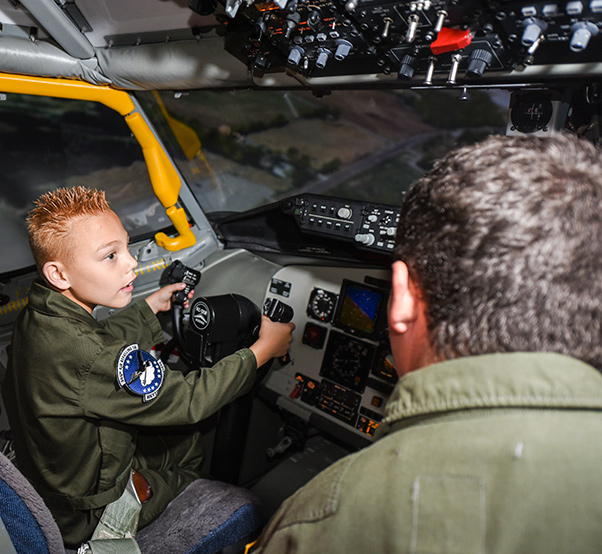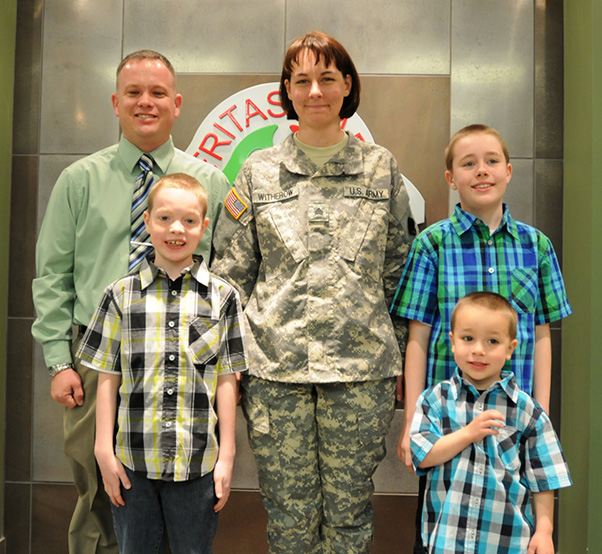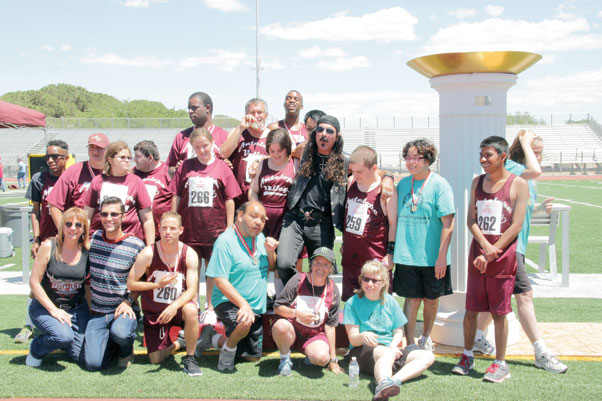MAXWELL AIR FORCE BASE, Ala. (AFNS) — In 1978, Congress established Asian-Pacific American Heritage Week to celebrate the achievements and contributions of Asian and Pacific Islander Americans to U.S. history and culture. In 1990, President George H.W. Bush extended the celebration to the entire month.
On Oct. 23, 1992, Congress officially designated May of each year as Asian American and Pacific Islander Heritage Month to recognize the achievements and contributions of Americans of Asian or Pacific Islander ancestry to the rich heritage and cultural fabric of the U.S.
The theme for 2015 is “Many Cultures, One Voice: Promote Equality and Inclusion.”
Congress selected May for this celebration because it includes the anniversaries of the arrival in the U.S. of the first Japanese immigrants on May 7, 1843, and the completion of the first transcontinental railroad on May 10, 1869, partially by the labor of thousands of Chinese immigrants
The term “Asia-Pacific Islands” includes the continent of Asia; the Pacific island groups of Melanesia, Micronesia and Polynesia; the island groups of the Western and Central Pacific, such as the Philippines and the Marianas; and Hawaii, the 50th state of the U.S. About 5 percent of the population of the U.S. is of Asian or Pacific Islander descent.
Perhaps the most well-known Air Force member of Asian-Pacific Islander ancestry is Ellison Onizuka. Born in 1946 in Hawaii, he entered the Air Force in January 1970 and flew a variety of aircraft, eventually logging more than 1,700 flying hours. In January 1978, he became an astronaut candidate for NASA.
Onizuka flew his first space shuttle mission aboard the Discovery in January 1985. He was a mission specialist aboard the orbiter Challenger when it exploded a little over one minute after launch from the Kennedy Space Center, Florida, on Jan. 28, 1986. Congress posthumously promoted him to colonel, and the Air Force renamed Sunnyvale Air Force Station, California, after Onizuka on Jan. 26, 1994. The Air Force officially closed the installation in September 2011.
Another part of the Asian-Pacific American heritage is the Army’s 100th Infantry Battalion and the 442nd Regimental Combat Team, which was made up of Japanese-Americans from Hawaii and others that were held in detention camps. The detention camps were established by the U.S. government in February 1942 in result of the attack on Pearl Harbor by the Japanese Imperial Navy on Dec. 7, 1941, and housed 120,000 Japanese-Americans who had been living in Pacific Coast states.
They, like the Tuskegee Airmen, fought prejudice at home, as well as tyranny overseas, during World War II.
By May 1945, the 442nd RCT and the 100th IB, fighting in Italy and southern France, had become the most highly decorated U.S. military units of their size. They had accumulated more than 18,000 individual decorations for bravery, including 18 Medals of Honor; 52 Distinguished Service Crosses; and 9,500 Purple Hearts, with many Soldiers earning multiple awards. In addition, the two units collectively received seven Presidential Unit Citations.
One of the most well-known members of the 442nd RCT was Daniel K. Inouye, the first U.S. congressman of Japanese ancestry and the second longest-serving senator. During World War II, he received a battlefield commission and promotion to second lieutenant. He also received many decorations to include the Distinguished Service Cross, which was later upgraded to the Medal of Honor in 2000. He is among 30 Asian-Americans who have received America’s highest military award. He served as U.S. senator from Hawaii from to 1963 until his death on Dec. 17, 2012.







